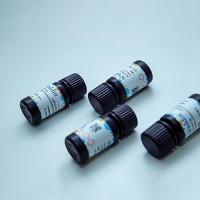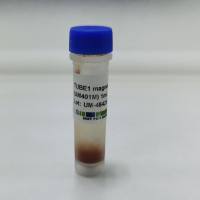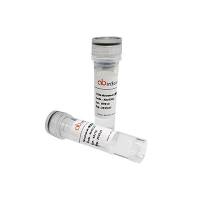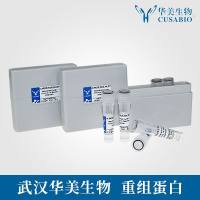In Vitro Selection of Hairpin Ribozymes
互联网
403
In vitro selection methods are powerful tools for the selection of molecules with defined characteristics from complex starting populations ( 1 , 2 ). We have developed a powerful in vitro selection method for analysis of the hairpin ribozyme ( 3 – 5 ). The selection method relies on two sequential RNA-catalyzed reactions, cleavage, and ligation (Fig. 1 ). In vitro selection of ribozymes, like Darwinian selection of organisms, proceeds through an iterative process consisting of three major steps: mutation, selection of the molecules fulfilling the selection criteria, and replication of the selected molecules.
Fig. 1. In vitro selection scheme. Steps are shown for one round of in vitro selection for both active and inactive molecules. The hairpin ribozyme is represented as a schematic secondary structure P1, P2, and P3 are the primer-binding sate sequences P1, T7P1, P2, and P3 primers are the primers used for reverse transcription and PCR amplification of the molecules (note that P2 and P3 primers are complementary to P2 and P3, respectively, whereas P1 primer has the same polarity as P1).






